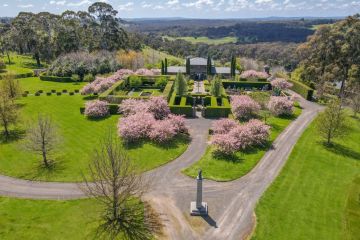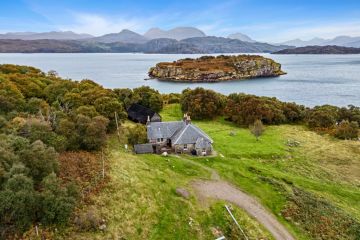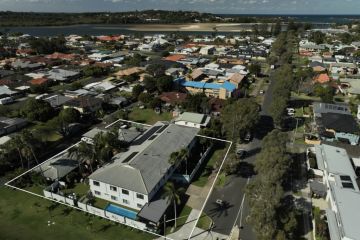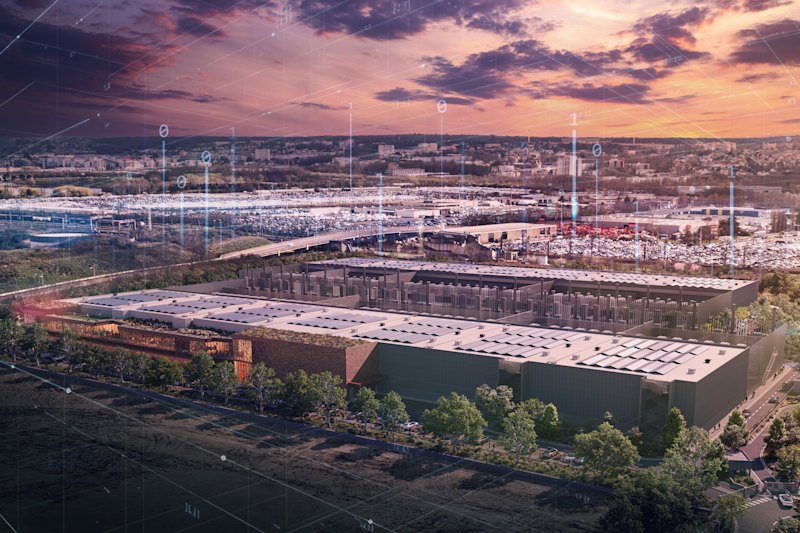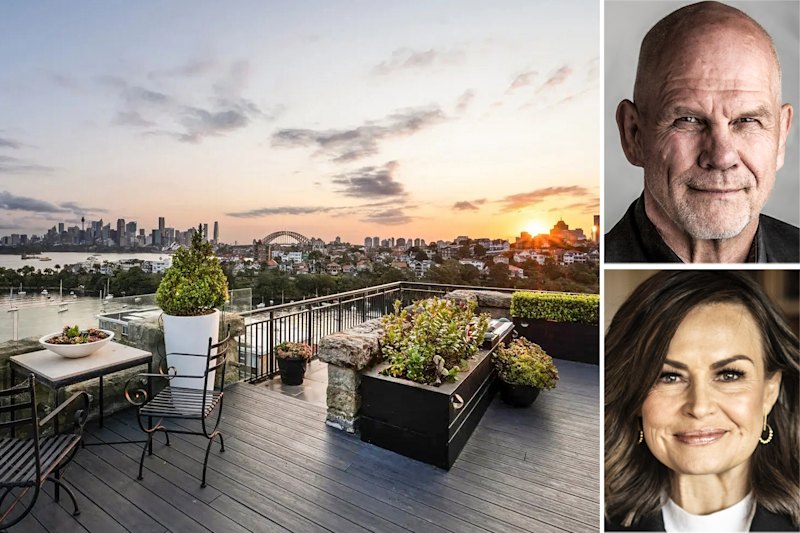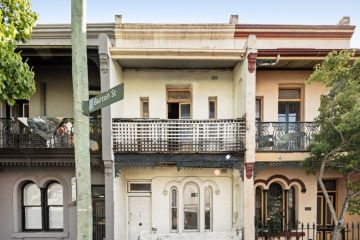British company challenges high-volume housing norms with focus on happiness
Black skivvies were once the most common association the average punter had with the world of architecture. Then in 1999, along came Grand Designs.
Suddenly, every avid watcher was an architect-in-the-making thanks to the sharp observations of presenter Kevin McCloud. Although he’s not an architect himself – he’s more commonly described as a designer – McCloud has become the face of the profession in the United Kingdom and Australia.
Ten years ago McCloud attached his bankable reputation to a new development company, HAB Housing. The company’s name stands for happiness, architecture and beauty. It aims to “challenge the way identikit volume housing was built in the UK”.
Then and particularly now, in the aftermath of the Grenfell Tower tragedy, mass urban housing in the UK has been the target of rising criticism. Conserving the many historical buildings throughout the UK while adding contemporary designs to accommodate a growing population has been a challenge many designers have failed to live up to.
The Brits have made a sport out of mocking architectural eyesores by awarding them with the Carbuncle Cup. The award nobody wants was named after Prince Charles’ famous comments in 1984 about a proposed extension to London’s National Gallery, which he described as “a monstrous carbuncle on the face of a much-loved and elegant friend”.
Far from maligned carbuncles, McCloud’s company has proclaimed a strong focus on sustainability and respect for the local landscape and the community.
“HAB’s mission is to make homes that lift the spirits: that are a pleasure to live in and a joy to behold,” McCloud says on the HAB website.
The development company’s first project was a regeneration project in Swindon called The Triangle. The project won industry awards, including the 2010 Housing Design Awards, for its terraces of 42 low-energy cottages that enclosed a landscaped village green space.
- Related: Danish project creates homes from old silo
- Related: Marina One: The city in a jungle garden
- Related: New York startup redefines adult sharehousing
In 2013, HAB moved towards equity crowdfunding in an effort to increase collaboration between investors and customers. It secured investments of more than £1.9 million ($A3.08 million) from nearly 650 individuals. The money was used to fund the expansion of the custom-build business. Investors were offered preferential terms on HAB residences and invitations to project visits and events with McCloud.
However, as the presenter is quick to point out in his show, not everything goes to plan. In 2015, HAB came under fire after building defects were spotted in its 78-home development on a former hospital site in Applewood. Faulty plastering and gas installations were spotted, but HAB blamed contract builders.
HAB’s current builds have centered on locations to the east of London, including Oxford and Bristol. Lovedon Fields, a semi-rural site on the outskirts of the historic village of Kings Worthy, is found at Winchester, 90 minutes from London. It offers three, four and five-bedroom homes with prices starting at £467,500 ($7A60,800). Lovedon Fields sits alongside a park, so it’s only fitting that it’s landscape-led.
The project includes a village green with picnic areas, wildflower meadows and an orchard. There’s also a focus on leisure with a running track and boules court. It consists of 50 custom-built homes, including 40 per cent affordable housing.
What makes this project unusual is its inclusion of all creatures, great and small. Every home here comes with “integrated microhabitats” for bats, bees and birds. This is done using technology such as Bee Bricks, which are made of granite and have cavities for single bees to lay their eggs inside. The landscaping also accommodates wildlife, with garden hedges and fences that have been designed to provide “highways for hedgehogs”.
Sales have moved quickly with all homes at Lovedon Fields now reserved, and it’s no wonder. Richard Kirk, National President of the Australian Institute of Architects, says a world-renowned name like McCloud’s certainly helps attract buyers.
“There are some projects that use international recognised architects to help promote them and hopefully to also deliver a more unique, stronger point of difference in the minds of the developer, so there’s certainly a role for it,” Kirk says.
Yet star power is often unnecessary – the quality usually says it all, says Kirk.
“I certainly see some of the best projects done around the cities are just done by the local architects because they understand the climate, they understand the market and they also understand how to build well in their own city,” he says. “You can see those smaller to medium scale, high density projects tend to be the better quality ones and you’ll find they’re done by local design and development teams. The closer you get to your market, I think, the greater the quality.”
We recommend
We thought you might like
States
Capital Cities
Capital Cities - Rentals
Popular Areas
Allhomes
More
